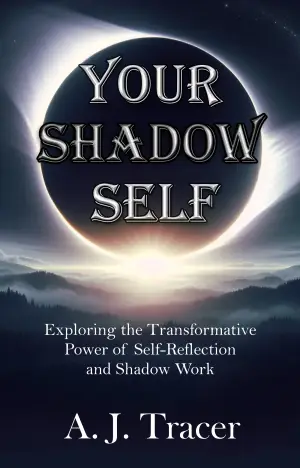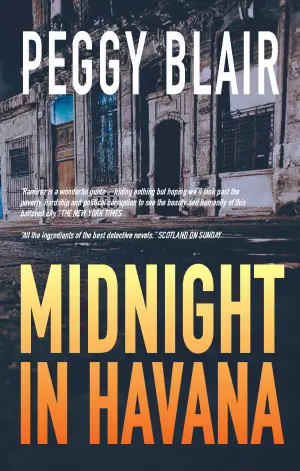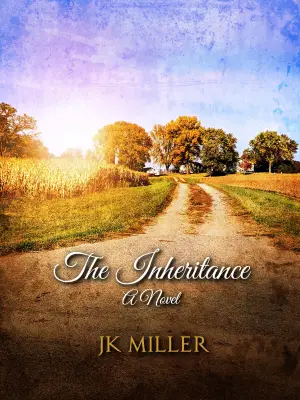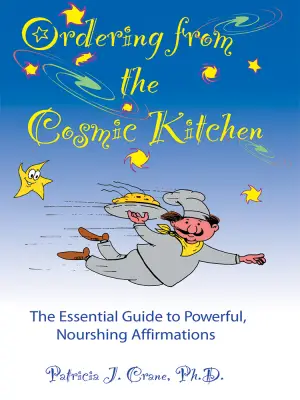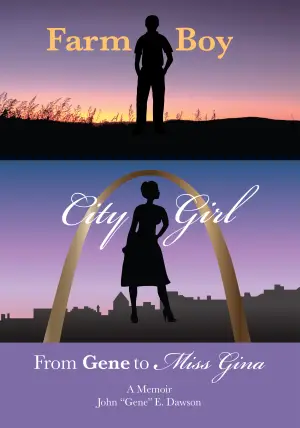A Journey Through Time: Reflections on Foundation and Empire
As a devoted fan of science fiction, I was excited to dive into Isaac Asimov’s Foundation and Empire, the second book in the iconic Foundation series. The first book had captivated me with its intriguing premise of a galactic empire in decline, so I was eager to see how Asimov would build on that foundation—pun intended! What I found was a mix of thrills and frustrations, leading me through a varied reading experience that mirrored the very themes of change and unpredictability that the series explores.
In Foundation and Empire, Asimov takes a bold step by structuring the narrative into two distinct parts, each with its own set of characters and challenges. The overarching theme of the unpredictability of history resonates deeply throughout, summarized beautifully by the line, “society is much more easily soothed than one’s own consciousness.” The two newly introduced threats to the Foundation—the deteriorating Galactic Empire, represented by the ambitious General Bel Riose, and a perplexing mutant warlord known as the Mule—serve as formidable adversaries that test the limits of Hari Seldon’s psychohistory.
Unfortunately, the first part of the book felt laborious to me. I appreciated Asimov’s intention of showing the lingering might of a centuries-old empire, but the execution left something to be desired. General Bel Riose felt like a cardboard character, lacking the depth that one hopes for in a conflict of such magnitude. The pacing was uneven, and I found myself wondering if I’d chosen the wrong read after trudging through tedious monologues and an underwhelming climax.
However, the second part of the book was where Asimov truly redeemed himself. Here, we meet Bayta, a historian and an underground resistance member who springs to life against the backdrop of a thriving, yet perilous galaxy. Her journey, alongside her husband Toran, to confront the enigmatic Mule is rife with exhilarating twists, and the stakes felt undeniably high. As I read about their desperate attempts to navigate an uncertain future, I was genuinely invested—the thrill of uncertainty gripping my sense of adventure.
One particularly poignant moment emerged when the holographic Hari Seldon predicted a crisis that simply didn’t materialize as he foresaw. This moment encapsulated the book’s exploration of the fallibility of even the most brilliant minds, resonating deeply with me. What do we do when the algorithms of our greatest thinkers fail us? Such existential questions lingered in my thoughts long after closing the book.
Asimov’s writing shines in the second part, where we find richer descriptions of worlds and a keen observation of social dynamics. The addition of a female lead, showcasing both intellect and agency, felt refreshing in a genre often criticized for its rigid gender roles.
While I still found some aspects of the writing frustrating—flat characters remain a recurring theme—I can’t help but feel more invested in the universe Asimov has created. My recommendation? If you’re eager to dive into Foundation and Empire, consider skipping the first part and luxuriating in the complexities of the second.
Who Should Read This Book?
For those intrigued by themes of power, history, and the unpredictable nature of human behavior, Foundation and Empire has much to offer. Fans of layered narratives should appreciate the dynamic between the Foundation and its adversaries, and the moral quandaries posed by the unfolding events. Ultimately, whether you find yourself enamored by the characters or challenged by the pacing, this book is a thought-provoking exploration of a universe that continues to resonate, echoing the complexities of our own world.
As I close this chapter, I find myself reflecting on how this exploration of empire, resistance, and human agency sparked my curiosity and left me yearning for more. Here’s to hoping that the next installment brings even deeper insights and richer storytelling!
Discover more about Foundation and Empire (Foundation, #2) on GoodReads >>


